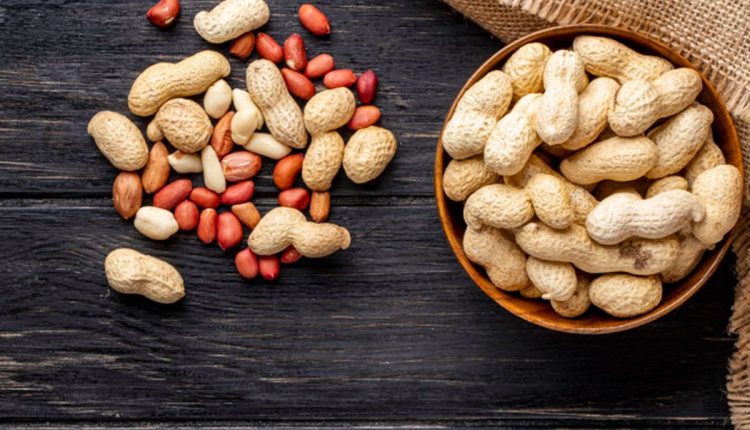Winter Peanut Price Increase
Exploring the Factors Impacting Your Favorite Roasted Peanuts' Cost This Season

As the winter season approaches, and we all seek comfort in the warmth of our blankets, there’s a surprising twist to our favorite winter snack – roasted peanuts. This year, enjoying those crunchy delights might come with a higher price tag. What’s causing this unexpected price hike? Let’s dive into the lesser-known world of peanuts to find out.
Peanuts, also known as groundnuts, are often overshadowed by more prominent crops like sugarcane, potatoes, and corn, especially in urban areas. However, what many don’t realize is that peanuts can be just as profitable, if not more so. In fact, in rainfed regions like Pothohar, peanuts can yield impressive returns. But why are we shining a spotlight on peanuts, and what’s their hidden potential? The answer lies in their surprising impact.
Peanuts originated in South America, specifically in present-day Brazil, Peru, and Bolivia, and have since become a global sensation, contributing significantly to food security and economic growth. With a global market value of nearly $87 billion, projections suggest it could reach a staggering $107 billion by 2030. Leading the global production of peanuts are China, India, Nigeria, the United States, Indonesia, Argentina, Senegal, and Brazil, with China taking the top spot. China and India also lead in consumption and exports, accounting for over 36 percent of global peanut demand. The peanut market is poised for growth, driven by increased export opportunities in Southeast Asia and Europe, a growing appetite for ready-to-eat nut-based snacks, and rising demand for peanut oil in medicinal and personal care products.
What makes peanuts stand out is their nature as a leguminous crop. They have the remarkable ability to fix atmospheric nitrogen through root nodules, and their deep roots require less water compared to water-intensive crops like sugarcane, corn, and rice. In fact, peanuts can fulfill about 80 percent of their nitrogen requirements from the atmosphere, making them an eco-friendly choice in today’s environmentally conscious world.
Peanuts also exhibit versatility in terms of soil types. They can thrive in sandy, sandy loam, and light loam soils, provided the soil allows for adequate root penetration. Unsuitable soil conditions can affect the size and color of peanut pods, potentially impacting production. In simpler terms, the soil that’s ideal for growing rice might not be the best choice for cultivating peanuts.
In conclusion, as we snuggle up for winter, the higher cost of roasted peanuts serves as a reminder of the intricate factors influencing our food supply chain. With their rich history, surprising economic importance, and promising future, peanuts continue to make their mark in global agriculture and our snack bowls.
